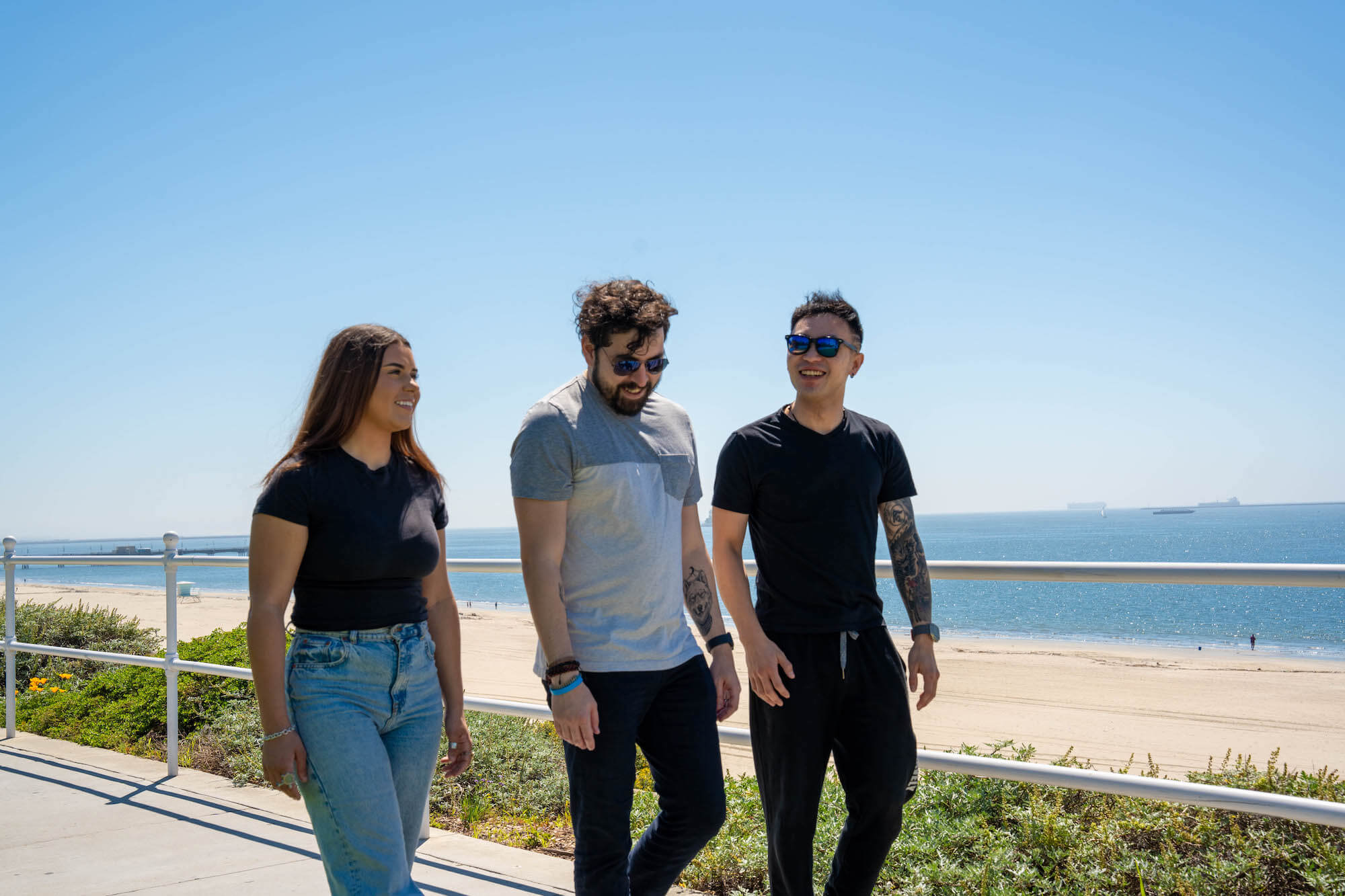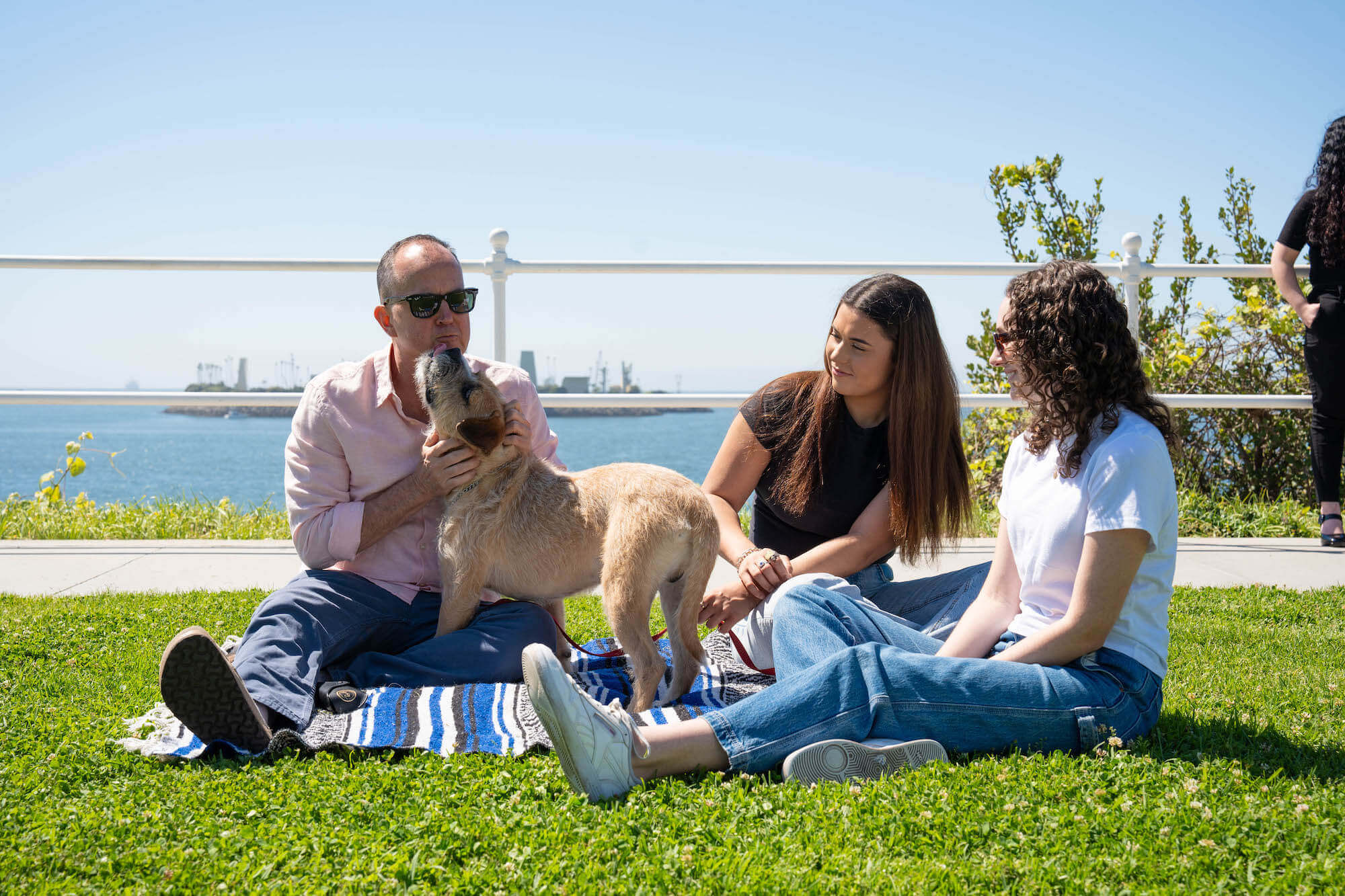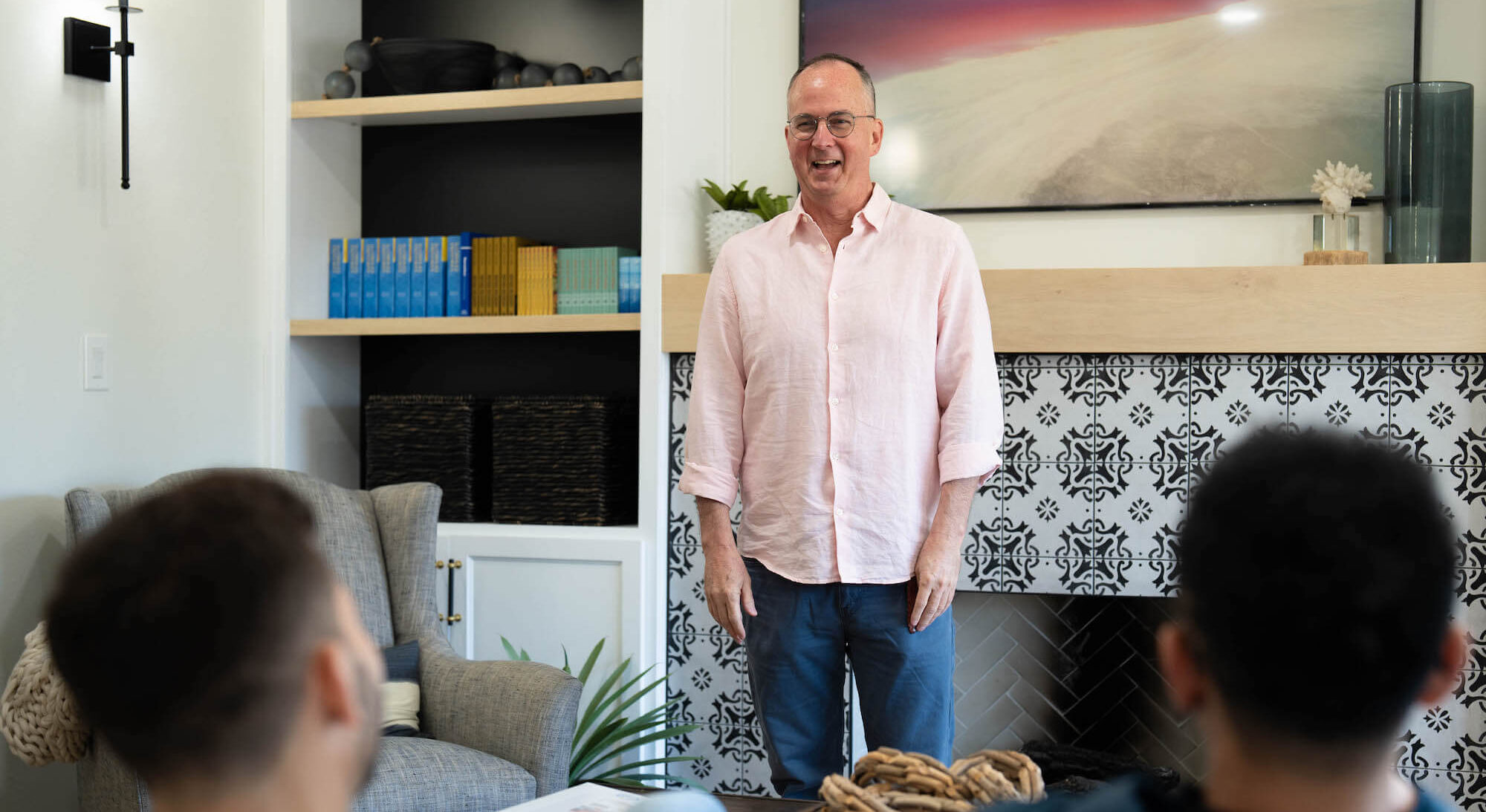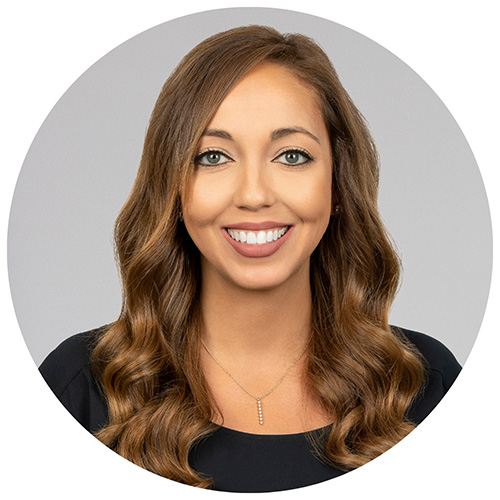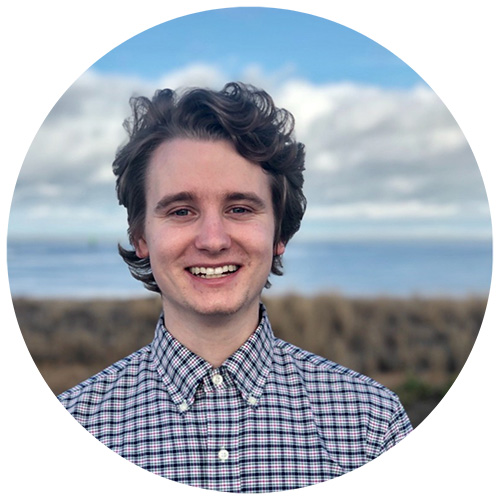
WHAT ARE PRESCRIPTION PAINKILLERS?
Prescription painkillers can include opioids, also known as opiates. Opioids are used to create a feeling of relaxation or euphoria. Opiates include hydrocodone (Vicodin), oxycodone (OxyContin), meperidine (Demerol), oxymorphone (Opana), codeine, and morphine (Avinza and Kadian). NSAIDs are nonsteroidal anti-inflammatory drugs, some of which are prescription-only, including ketorolac (Toradol), Naprelan, Anaprox, Celecoxib, and Voltaren.
Addictions to prescription painkillers may start as an innocent interaction with a friend or family member. Maybe they have extra pain medication left from a prescription, and they give it to you for your back pain. From there, if you take enough for a long period of time, you could become dependent on it. Doctors usually prescribe morphine (Avinza and Kadian) for intense pain and codeine for mild pain or coughing.
If you or a loved one are dealing with prescription painkiller addiction, contact our team at Gratitude Lodge and learn about the treatment process.
WHAT DO PRESCRIPTION PAINKILLERS LOOK LIKE?
Prescription painkillers come in all shapes, colors, and sizes. If you are concerned that your loved one has prescription painkillers, you may also look for a powder form of the pills.
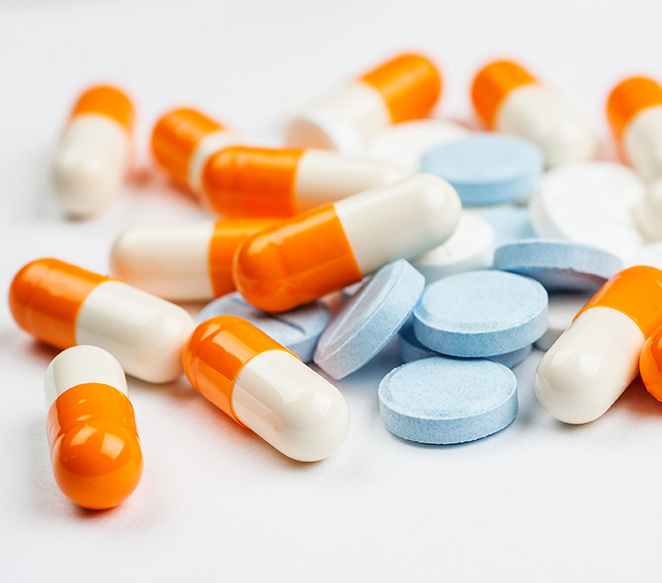
WHY DO PEOPLE USE PRESCRIPTION PAINKILLERS?
Prescription painkillers are medically meant to provide pain relief. Those who use painkillers for medical reasons could become addicted to them if they are used frequently. Those who abuse prescription painkillers can take more than an average dose to achieve a euphoric feeling.
SLANG TERMS
- VICS (HYDROCODONE)
- OXY (OXYCODONE)
- PERCS (OXYCODONE)
- CODY (CODEINE)
- VITAMIN M (MORPHINE)
- CASH (FENTANYL)
- MISS EMMA (MORPHINE)
- GOODFELLA (FENTANYL)
HISTORY OF PRESCRIPTION PAINKILLERS
Opium, derived from the poppy plant, was used in the 16th century with alcohol as a painkiller called laudanum. Codeine was first isolated from opium in 1830 in France and was used in the U.S. Civil War, where soldiers became addicted. Smoking opium was banned in the U.S. in 1909, but there wasn’t a regulation on the use of opium in medication. Instead, there was a law that required the Food and Drug Administration (FDA) to put contents of the painkillers on medicine bottles.
By 1995, the illegal opium trade was booming and Southeast Asia made 2,500 tons of opium per year. Between 1984 and 1999, three man-made opiates, Vicodin, OxyContin, and Percocet, came into the U.S. market with approval from the FDA. The medical community and pharmaceutical companies reassured patients that they had a low chance of becoming addicted to prescription painkillers. After the opioid epidemic in 2010, doctors prescribed fewer opiates and more painkillers without the addictive opium.
WHAT ARE THE SYMPTOMS OF PRESCRIPTION PAINKILLER ADDICTION?
If your loved one is addicted to prescription painkillers, you may begin to notice a change in their behavioral habits, including visiting the doctor more often or lying about where they’re going. You may also notice medication missing from your medicine cabinet or that they have pill bottles that don’t belong to them. Other obvious symptoms include social withdrawal, social isolation, and slurred speech.
SIGNS AND SYMPTOMS
- DISORIENTATION
- ITCHINESS
- DEPRESSION
- HEAVY SWEATING
- CONSTIPATION
- MOOD SWINGS
- CONFUSION
- IRRITABILITY
PARAPHERNALIA
- LIGHTER
- TIE-OFFS
- VAPE
- NEEDLES
- ROLLED UP DOLLAR BILL
- PILL CRUSHER
- PILL CUTTER
- SYRINGE
WHAT ARE THE EFFECTS OF PRESCRIPTION PAINKILLER ADDICTION?
Short-term use of prescription painkillers may result in subtle changes, such as a difference in appetite, heart rate, and blood pressure. Long-term use of prescription painkillers can create a physical dependence and the person may eventually be unable to function a day without them. Eventually, prescription painkiller addicts will have to take larger doses to feel the same effects.
SHORT-TERM EFFECTS OF PRESCRIPTION PAINKILLER ADDICTION
- LACK OF ENERGY
- EUPHORIA
- CONCENTRATION PROBLEMS
- MOOD SWINGS
- NAUSEA
- SLOWED BREATHING
- VOMITING
- CONFUSION
LONG TERM EFFECTS OF PRESCRIPTION PAINKILLER ADDICTION
- MULTIPLE SUBSTANCE ABUSE
- JOB LOSS
- MENTAL DISORDERS
- FINANCIAL DISTRESS
- SUICIDAL THOUGHTS
- HOMELESSNESS
- SUICIDE ATTEMPTS
- CHRONIC UNEMPLOYMENT
PRESCRIPTION PAINKILLER ADDICTION STATISTICS
9.3 MILLION
Americans who misused prescription painkillers in the past 12 months.
5,480
Americans misuse prescription painkillers for the first time every day.
1.4%
8th Graders that misused a prescription painkiller in the past 12 months.
HOW IS PRESCRIPTION PAINKILLER ADDICTION TREATED?
Addiction to prescription painkillers is treated best with a prescription drug detox, followed by inpatient rehabilitation. Here at Gratitude Lodge, a professional medical staff will help you as you go through detox and your body gets rid of the drugs in it. Detox happens in a safe space where you’ll have access to medications to help you through any withdrawal symptoms. In our inpatient facilities in Newport Beach and Long Beach, you’ll have access to individual counseling and receive group therapy.
Painkillers that contain opium can be treated with medication including methadone, buprenorphine, and naltrexone. Naltrexone is a medication that is meant to prevent relapse during addiction recovery. It takes away the high you’d normally get with opioid medications. Methadone and buprenorphine are used to decrease withdrawal symptoms and cravings. They also help restore balance to the part of the brain affected by prescription opioid medication addiction.
COMMON DRUG COMBINATIONS WITH PRESCRIPTION PAINKILLERS
Like many drugs, mixing prescription drugs with alcohol is one of the most common and deadly combinations. Specifically, opioids are commonly paired with alcohol, which can create a fatal situation. Opioids are also commonly paired with uppers, such as cocaine, and benzos, such as Xanax. Mixing any drugs or alcohol with prescription painkillers is dangerous.
- COCAINE
- MARIJUANA
- HEROIN
- BENZOS
- ALCOHOL
- XANAX
- ECSTASY
- OPIOIDS
Prescription Painkiller Rehab at Gratitude Lodge
If you or a loved one is struggling with an addiction to painkillers, Gratitude Lodge’s prescription painkiller addiction treatment program is here to help you. At Gratitude’s Orange County rehab, we have locations in Newport Beach and Long Beach. At our premier detox and inpatient program, we provide 24/7 supervision as clients go through the initial withdrawal process and provide follow-up support and counseling at our inpatient facilities.
If you or a loved one needs treatment, call our team today and get the help you need.

Prescription Painkiller FAQs
Prescription painkillers are swallowed. Abusers take more than the recommended dosage. Prescription painkillers can also be injected, or crushed and snorted.
Some of the most powerful prescription painkillers include oxycodone, hydrocodone, fentanyl, morphine, tramadol, and more.
Voltaren is a gel alternative to pills that provides help for various forms of pain including migraines and arthritis. Voltaren does not have addictive potential.
TYPES OF DRUG ADDICTION WE TREAT
Click on the Addiction to learn more!
Our Partners
WE ACCEPT MOST PPO INSURANCE
Drug and alcohol rehab should be accessible to everyone. At Gratitude Lodge addiction treatment centers in Southern California, we work with most insurance plans to cover the costs of treatment.








